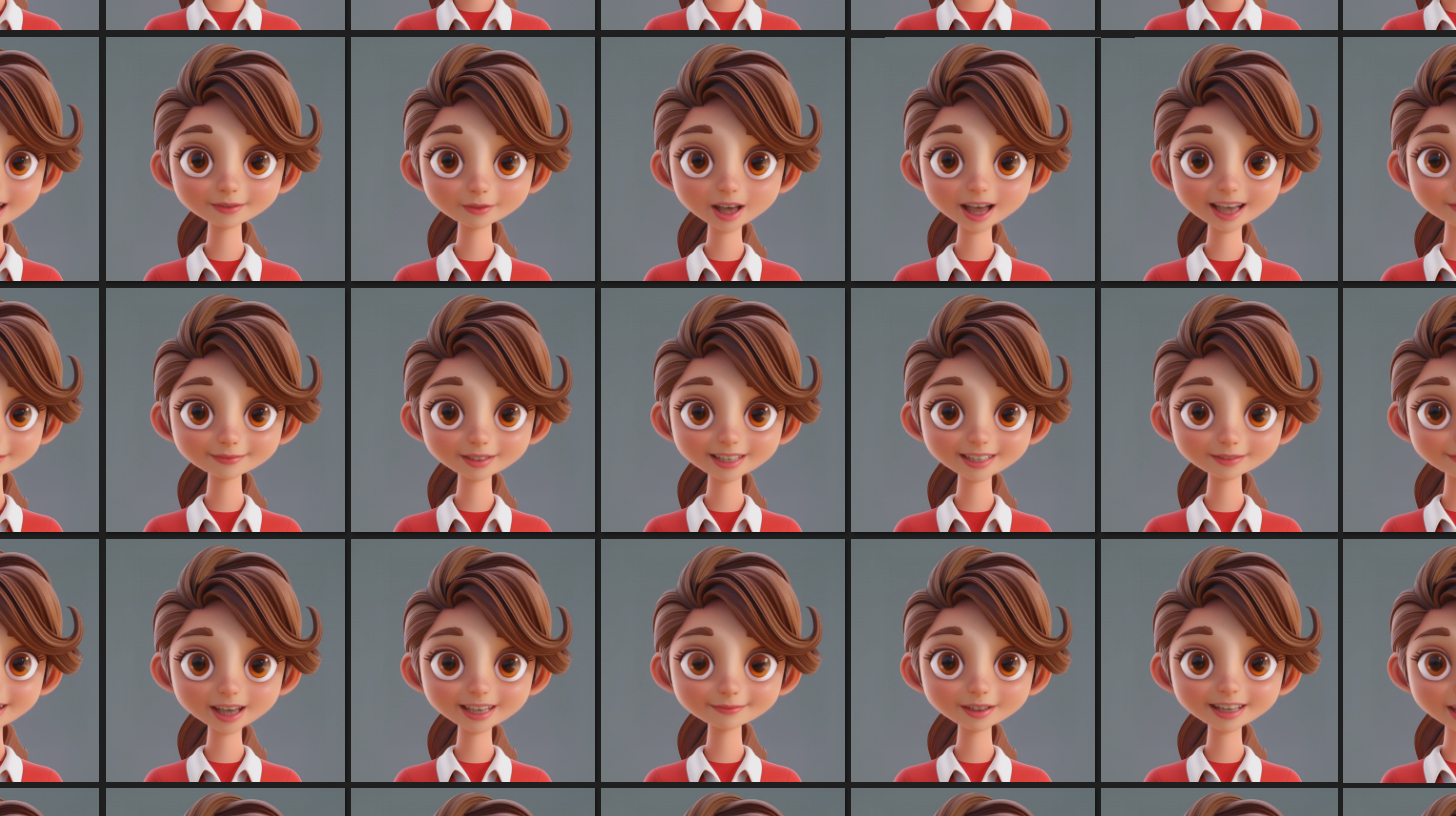I’m currently deep in the process of creating the viseme sprite sheets needed for our character animations. Viseme sprite sheets contain the various mouth shapes required for lip-syncing dialogue, with each frame representing a different sound or phoneme. The plan is to animate teeth and jaw separately from mouth and tongue shapes to achieve the smoothest talking animations possible. This has been a challenging experience, especially since graphic design isn’t my strongest skill.
I can’t deny that I’ve seriously considered outsourcing this task to a professional illustrator. However, with a tight budget, I need to make this work on my own. I’m also mindful of the future; I hope to hire a graphic artist and form a team within a year. Opting for a quick fix now might lead to expensive graphics that could be discarded later. I know from experience that inheriting code from consultants who are just finishing a job potentially without any attachment isn’t fun. Similarly, a future graphic artist would likely prefer creating their own work from scratch rather than inheriting someone else’s solution.
I’ve been studying how most visemes are created, and they often aren’t very detailed. Many times, the same viseme is used for multiple letters, like m, b, p, or a, e, i, etc. Since this is a language learning game, my visemes need to be detailed, showing subtle differences and providing smooth in-between animations.
For now, my method involves using AI to animate the picture in video form, with heygen. The image quality is comparably low, but I can pick out the frames that I find useful and use them as references to shape higher-quality mouth animations for our character. It’s a lot of trial and error, but I’m hopeful that this approach will yield the results we need.

Fingers crossed 🤞

Leave a Reply